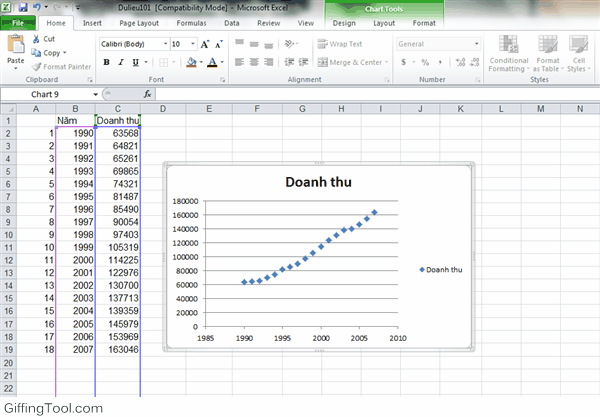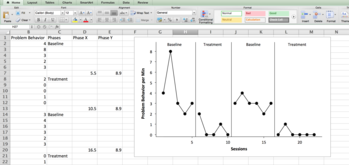
How to add two trend lines in excel 2016 how to#
We discuss how to do data interpolation in Excel and examples and a downloadable Excel template. This article is a guide to Interpolation in Excel. Decide the type of trendline you would like to see.
How to add two trend lines in excel 2016 series#
Right click on any of the series (1), and choose add trendline (2). Read more, we must use “1” for the parameter “match type,” which helps users find the value greater than the lookup value. Mark the data (1), click insert (2), and then choose the scatter chart (3), and finally choose a scatter chart without marker (4). This is because the number 8 is at the third position.

For example, if the range A11:A15 consists of the numbers 2, 9, 8, 14, 32, the formula “MATCH(8,A11:A15,0)” returns 3. Being a lookup and reference function, it works for both an exact and approximate match. The output is the first position found for the given value. In the MATCH function MATCH Function The MATCH function looks for a specific value and returns its relative position in a given range of cells.There is no built-in formula in excel to calculate the Excel interpolation value.Interpolation is the process of finding the middle value of the existing data.They may include 1 line for a single data set or multiple lines to compare different data sets. If needed, we can insert the line graph Line Graph Line Graphs/Charts in Excels are visuals to track trends or show changes over a given period & they are pretty helpful for forecasting data. So, as we have calculated manually with the formula, also we got 2.5 as the answer. Next, to find the 5th-day paddy growth inches apply the below formula. We can find the values for all the Interpolation parameters in the Excel formula. So, let us apply the values to the above formula. Since we need to find the growth on the 5th-day variable, “x” becomes 5 to the growth inches variable “y.” Here, “8” is the day, and “4” is the growth inches of the paddy. So here, “4” is the day, and “2” is the growth inches of the paddy. In our example of paddy growth, the first set of values is (4,2). “X” is the first set of values, and “Y” is the second set of values. Here, we have two variables, i.e., X1 & Y1. read moreconcept helps us find the development on the 5th day.įor interpolation, we have a below formula. It can be applied in estimating varied concepts of cost, mathematics, statistics. It approximates the value of a given function at a given set of discrete points. So, this is where our Interpolation Interpolation Interpolation is the mathematical procedure applied to derive value in between two points having a prescribed value. In the Format Trendline dialog box, in the Trendline Options category, under Trendline Name, click Custom, and then type a name in the Custom box.Based on the above curve, farmers cannot estimate what the 5th-day growth was. To base a trendline on numeric x values, you should use an xy (scatter) chart.Įxcel automatically assigns a name to the trendline, but you can change it. This assumption is made whether the x-values are numeric or text. If you add a trendline to a line, column, area, or bar chart, the trendline is calculated based on the assumption that the x values are 1, 2, 3, 4, 5, 6, etc. To get the result that you want, you might have to sort the x values before you add a moving average.

If you add a moving average to an xy (scatter) chart, the moving average is based on the order of the x values plotted in the chart. If you select Moving Average, type the number of periods that you want to use to calculate the moving average in the Period box.

If you select Polynomial, type the highest power for the independent variable in the Order box. For logarithmic, power, and exponential trendlines, Excel uses a transformed regression model. Click Kutools > Charts > Chart Tools > Add Trend Lines to Multiple Series. Note: The R-squared value that you can display with a trendline is not an adjusted R-squared value. Select the scatter chart that you want to add trendline. In the Format Trendline pane, under Trendline Options, select Moving Average. You can format your trendline to a moving average line. Set a value in the Forward and Backward fields to project your data into the future.

Formatting a trendline is a statistical way to measure data: In the Format Trendline pane, select a Trendline Option to choose the trendline you want for your chart. On the Format tab, in the Current Selection group, select the trendline option in the dropdown list. In the Add Trendline dialog box, select any data series options you want, and click OK. Note: Excel displays the Trendline option only if you select a chart that has more than one data series without selecting a data series.


 0 kommentar(er)
0 kommentar(er)
